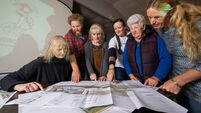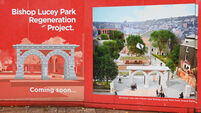Kieran McCarthy: Páirc Uí Chaoimh and why a sense of place matters in Cork
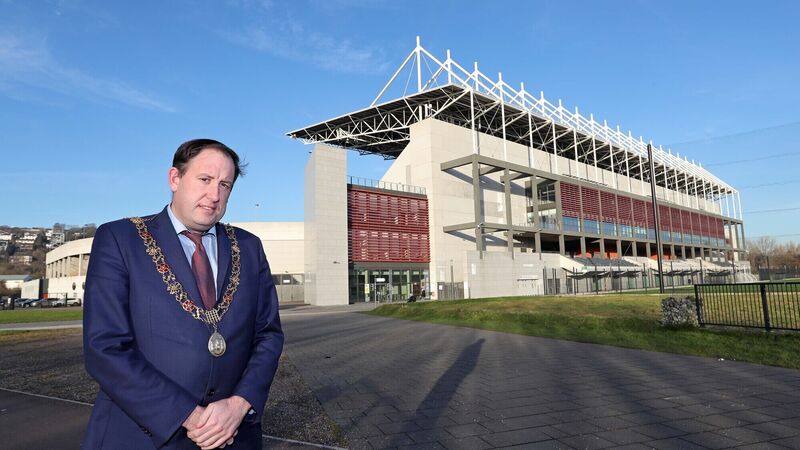
Kieran McCarthy says Páirc Uí Chaoimh has a strong sense of culture and character. Picture: Jim Coughlan
It is 30 years since I gave my first walking tour across the flat of Cork city and penned my first history project on the city.
Cork is a great story to research and to tell. One cannot but be pulled into the multitudes of narratives which have framed Ireland’s southern capital. I have really enjoyed researching and promoting Cork’s story.
The legacy echoes from being an old ancient port city where Scandinavian Vikings plied the waters 1,000 years ago, their timber boats beaching on a series of marshy islands, and the wood from the same boats forming the first foundations of houses and defences.
We will never know and will always speculate upon their raison d’être to construct such a settlement upon a wetland. Themes of survival, community life living on the edge, ambition, innovation, branding and internationalisation are etched across the narratives of much of Cork’s built heritage and are amongst my favourite topics to research. Indeed, I fully believe that these are key narratives that Cork needs to break the silence on more.
HISTORY HUB
If you are interested in this article then no doubt you will enjoy exploring the various history collections and content in our history hub. Check it out HERE and happy reading
However, for all the tours and for all the writing projects, I still seek to figure out what makes the character of Cork tick. I still read between the lines of historic documents, archives, and placenames. I get excited by a nugget of information which completes a historical puzzle I might have started years ago. I have sat in the library poring over a book or old newspaper on many an occasion, trying to figure out where a piece of information sits in my researches.
I still look up at the architectural fabric of the city and at name plaques to seek new discoveries, hidden treasures, and new secrets. I encourage people on my tours to look up and around and always they see something that I have not seen.
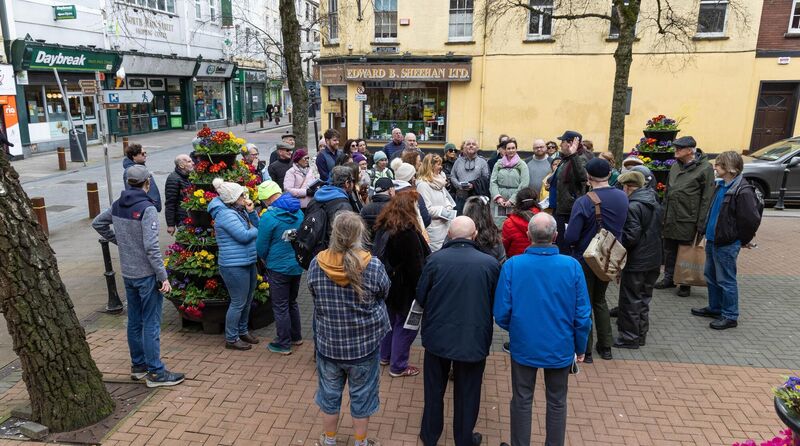
I am still no wiser in teasing out all of Cork’s biggest secrets. But I would like to pitch that its biggest secret is itself, a charming urban landscape, whose greatest secrets have not been told and fully explored. In essence Cork has a living heritage and history which defines it.
I have articulated over the years that there is a power of place; that the concept of place matters. Cork is a place of tradition, continuity, change and legacy. It is a place of direction and experiment by people, of ambition, experiences, and learning, of ingenuity and innovation, and a place of nostalgia and memory.
Cork's urban landscape is filled with messages about the past, positive and negative, that beyond the physical surfaces of a city such as Cork, there is a soulful and evocative character etched across the flat of the city, the estuary of the River Lee and surrounding valleysides.
Place matters in Cork. Within this topographical frame is a heritage — physical and spiritual to a degree — that needs to be minded, cherished, and nourished for the Cork of the future.
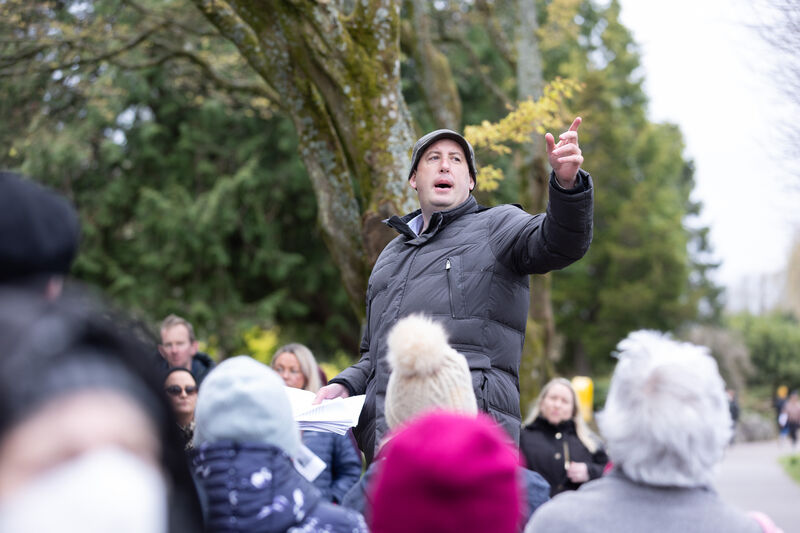
Several locations around Cork possess a strong sense of character, cultural sentimentality, place and belonging, symbolic ownership, and are a source of inspiration, from sites such as Fitzgerald Park to Ballincollig Regional Park, to Blarney Castle, to The Lough, to our universities, to the English Market, to old industrial sites in Blackpool, to the fabric of our city centre streets, to woodland trails in Douglas or Glanmire, to the towering heritage of St Anne’s Church, Shandon, or St Patrick’s Hill, to name a small number of sites. Much has been written over many years on all of the latter sites and their cultural relevance in Cork.
Corkonians deem such sites as being appealing, timeless, ancestral, eternal, enshrined, or sacred in conjuring and summoning a sense of place. A number of sites such as St Anne’s Church Shandon or Páirc Uí Chaoimh are synonymous with Cork and are frequently mentioned to be a representative image of the city.
So it was not on a whim that I rolled into the debate on the proposed re-naming of Páirc Uí Chaoimh this week. It is not just the name of the place at stake but what the name means and echoes within the heart of Cork’s character, heritage, and memory.
There were many ideas bouncing around in my head: The story, legacy, and memory of Pádraig Ó Caoimh, who was raised in Cork, was a member of the Cork IRA in the War of Independence, secretary to the Cork GAA, and then national secretary in the early Irish Free State. His legacy includes doubling the amount of grassroots sports clubs in Ireland and forging club-owned premises. There was a strong reason his name was chosen in 1974 for the new Páirc Uí Chaoimh. Pádraig was a legend in his day for many aspects, very much in his development of the GAA in the form we have today, as a champion of the culture of the game, and the encouragement of young people to join their local clubs and participate in them.
Páirc Uí Chaoimh as a place also possesses a strong sense of culture, character, sentimentality, place, and belonging, symbolic ownership, and is a source of inspiration to those who play on the pitch or support the GAA.
We all become blind to our home place and its stories. We walk streets which become routine spaces — spaces we take for granted — but all have been crafted, assembled, and storified by past residents. It is only when we stand still and look around can we hear the voices of the past and its secrets being told, and hopefully build many of them into the future, maintaining and enhancing the rich sense of pride, place, history, and memory that Cork possesses.
- See: www.corkheritage.ie for more on Cork history.



